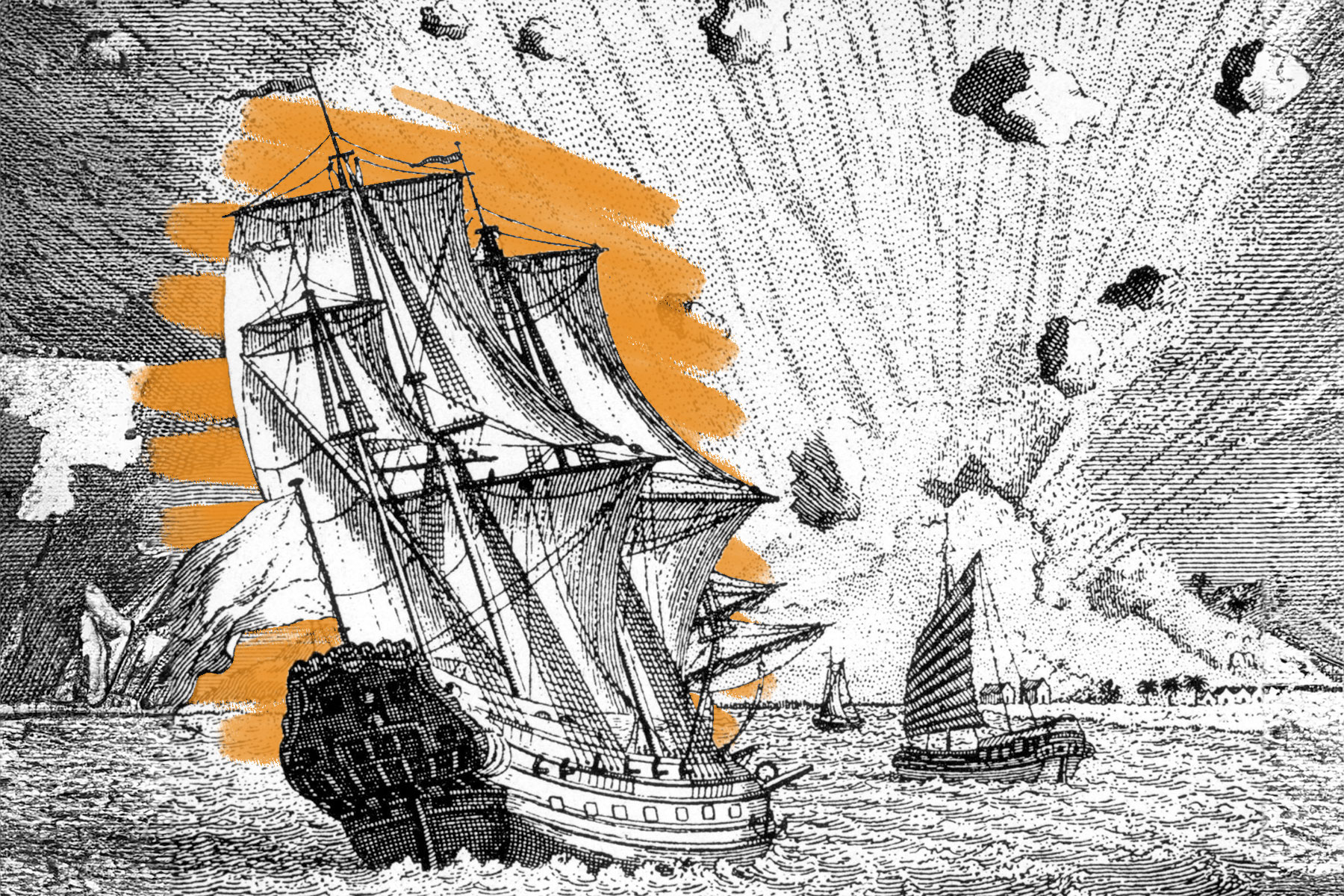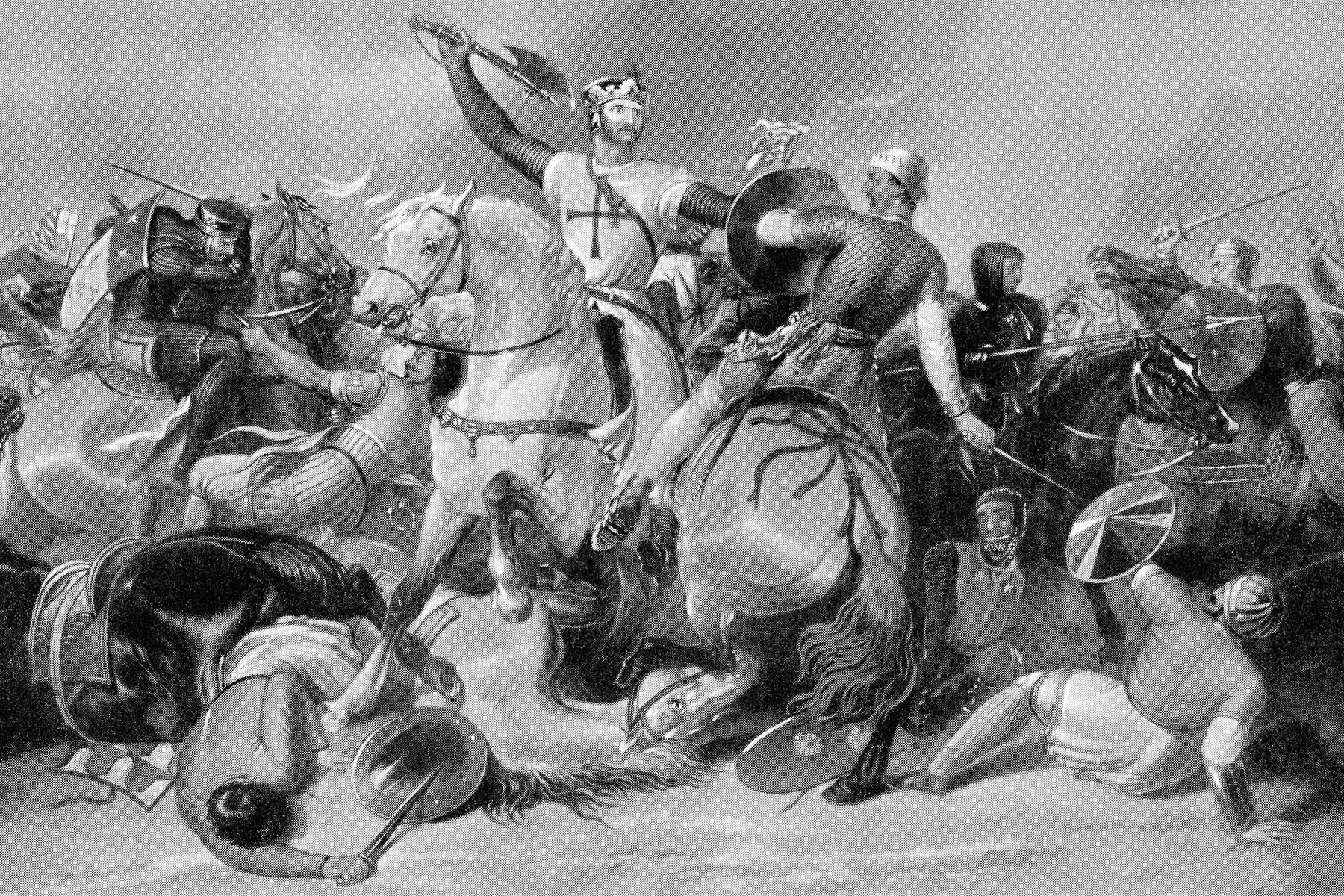 |
A volcanic eruption in 1815 caused the "year without a summer." |
World History |
 |
| |
| Initially, the chilly summer was misunderstood. Some speculated that the position of the planets caused the horrible weather, and legend has it that The Old Farmer's Almanac predicted snow that summer. That the volcanic eruption had occurred more than a year before explains why the link wasn't readily apparent. The volcanic ash was ejected into the upper atmosphere and carried around the planet by the jet stream. That dust blanketed the Earth, resulting in the strange weather that followed. | |
 | |||
| |||
Your Well-Being Matters — Make Time for You With Affordable Therapy on BetterHelp | |||
| Thank you for supporting our sponsors! They help us keep History Facts free. |
 | |||||||||
By the Numbers | |||||||||
| |||||||||
| |||||||||
 | |||||||||
| |||||||||
The eruption helped inspire "Frankenstein." | |||||||||
| Difficult times can lead to great art. Then 18 years old and still going by her maiden name of Godwin, Mary Shelley and her lover and future husband, Percy Bysshe Shelley, visited Lake Geneva in the spring and summer of 1816, a time of extremely gloomy weather. One fateful night that July, the two were with their friend Lord Byron, the famous poet, when he suggested, "We will each write a ghost story." Shelley completed hers in just a few days, writing in the introduction to Frankenstein; or, the Modern Prometheus that "a wet, ungenial summer, and incessant rain often confined us for days to the house." Who knows: If it had been bright and sunny that week, we might never have gotten the endlessly influential 1818 book, which later spawned an assortment of movies, TV shows, plays, and Halloween costumes. | |||||||||
 | |||
Recommended Reading | |||
 | |||
| | |||
 | |||
| | |||
| + Load more | |||
| |||
| |||||||||
| Copyright © 2024 History Facts. All rights reserved. | |||||||||
| 700 N Colorado Blvd, #513, Denver, CO 80206 | |||||||||





No comments:
Post a Comment